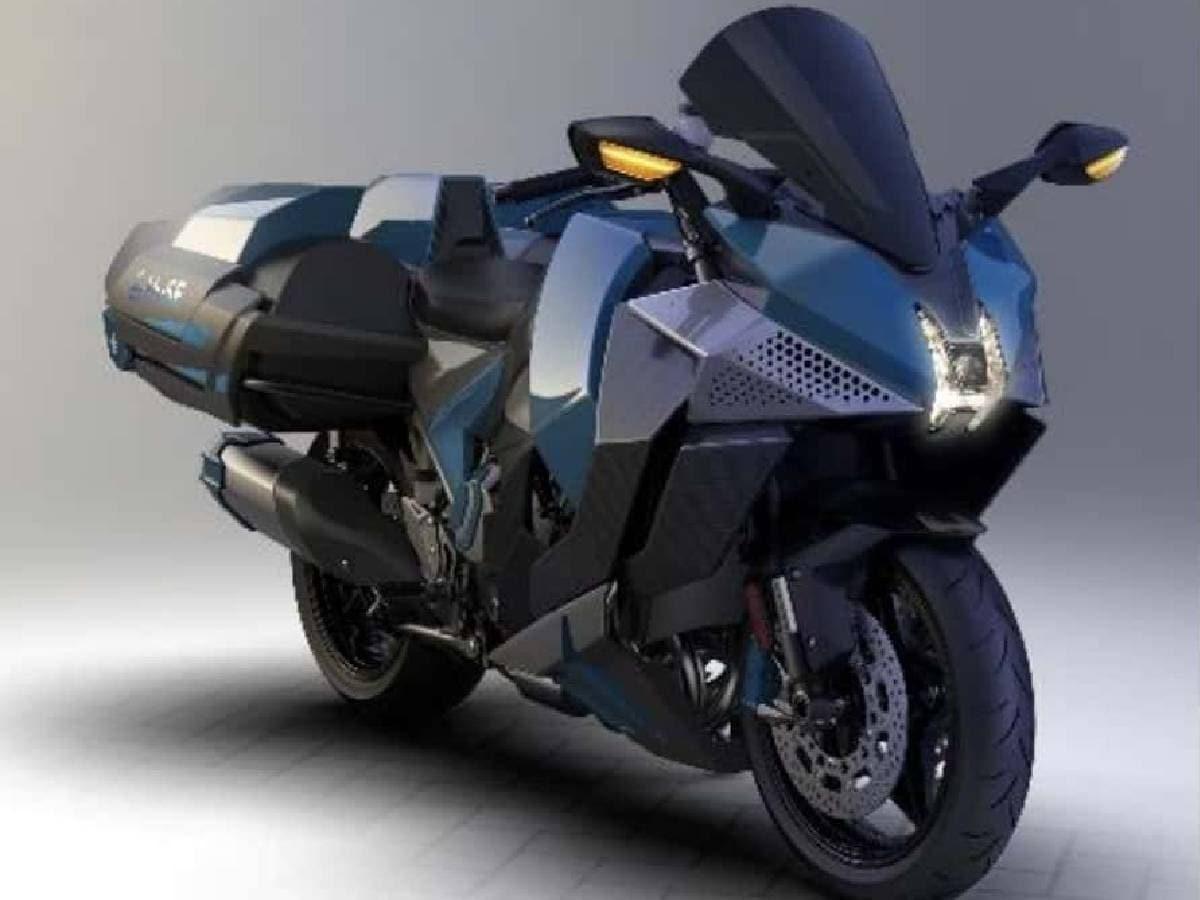
Kawasaki's Hydrogen-Powered Ninja H2 HySE Bike: All You Need to Know
With a focus on sustainability, Kawasaki takes the lead in introducing hydrogen-powered bikes, setting a new standard in the market.

In a move towards sustainable transportation, Kawasaki has recently taken the wraps off its groundbreaking prototype, the Ninja H2 HySE, touted as the world’s first hydrogen-powered sports bike.
Kawasaki unveiled the H2 HySE during the Group Vision 2030 conference.
Kawasaki’s foray into hydrogen power has not been a solo venture. The company has collaborated with industry giants Yamaha, Suzuki, Honda, and Toyota under the umbrella of the ‘HySE’ Consortium. This collective effort aims to revolutionize the motorcycle industry by developing hydrogen-powered vehicles.
While the automotive world has been buzzing with advancements in electric and automated vehicles, hydrogen power has been a less-explored territory in the motorcycle segment. Kawasaki’s H2 HySE seeks to change that narrative by introducing a cutting-edge hydrogen fuel cell system to the sports bike segment.
The H2 HySE is not Kawasaki’s first venture into hydrogen-powered vehicles. In October 2023, the company revealed the HySE-X1, a hydrogen-powered four-wheeled experimental vehicle set to participate in the 2024 Dakar Rally’s Mission 1000 program.
Based on the existing H2 model, the H2 HySE integrates panniers at the rear designed to hold extra hydrogen canisters. The bike’s engine mimics the characteristics of a typical fossil-fuel engine.
The heart of the H2 HySE is a supercharged inline-four engine with a capacity of 999cc, featuring direct injection for enhanced performance. The bike’s aesthetic departs from the traditional Kawasaki green, embracing shades of blue in a charcoal and blue livery, highlighting its alternative fuel source and the importance of the ‘HySE’ initiative.
Examining the side profile of the Kawasaki bike reveals a robust exhaust system, accompanied by two sizable boxes resembling panniers. Despite their appearance, these are unlikely to serve as conventional panniers, given the sports bike nature of the motorcycle.
The bike also features a distinctive split LED taillight design. While Kawasaki has remained tight-lipped about the powertrain and performance specifications, enthusiasts can anticipate the automaker to disclose more details in the coming days.
Kawasaki’s President, Shozo Ito, announced that the hydrogen-powered motorcycle would be based on the Kawasaki Ninja H2 SX, reports HotCars. This move positions Kawasaki as a frontrunner in the race to introduce hydrogen-powered bikes to the market, beating other Japanese motorcycle brands to the punch.
- Location :
- First Published:
Link nội dung: https://diendanxaydung.net.vn/pkl-h2-a73691.html